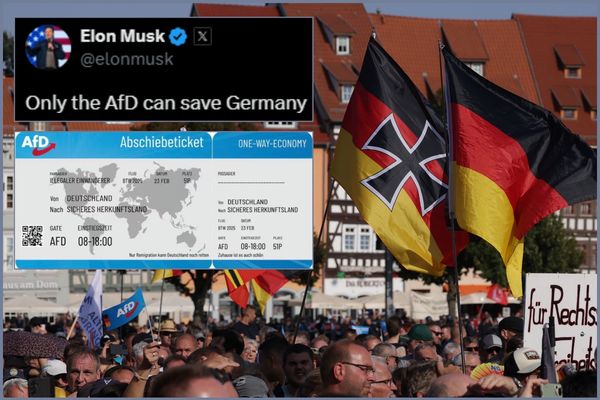A common reason for receiving a 1099-DIV form is because some of the stocks you own pay dividends, or a mutual fund you invest in made a capital gains distribution to you during the year. You won’t file the 1099-DIV with the Internal Revenue Service, but you will need the information it reports when preparing your tax return.
TurboTax Premier makes it easy and fast to import, upload, and accurately report your investments, effortlessly. You can auto import over 3500 transactions easily, whether from stocks, crypto, ESPPs, robo-investing, and more. Start for free and get up to an additional $15 off when you file with TurboTax Premier.
1099-DIV reporting
When you review your 1099-DIV, you’ll notice a number of boxes, some of which may have amounts reported in them and others that are blank. Each box reports something different and affects whether you must report it on your tax return, as well as where to report it.
1099-DIV reporting boxes
- Box 1a of your 1099-DIV will report the total amount of ordinary dividends you receive.
- Box 1b reports the portion of box 1a that is considered to be qualified dividends.
- If your mutual fund investment makes a capital gain distribution to you, it will be reported in box 2a.
- If any state and federal taxes were withheld from your distributions, those amounts will be reported in boxes 4 for federal withholding and 14 for state withholding.
Ordinary and qualified dividends
For ordinary dividends that aren’t qualified, which is equal to box 1a minus 1b, you’ll pay tax at ordinary rates.
As of this writing, qualified dividends are taxed as long-term capital gains. This means that if your highest income tax bracket is 15% or less, you receive these dividends tax-free. If your marginal rate of tax is higher than 15%, your qualified dividends are taxed at 15% or 20%, depending on your income.
Our TurboTax Live experts look out for you. Expert help your way: get help as you go, or hand your taxes off. You can talk live to tax experts online for unlimited answers and advice OR, have a dedicated tax expert do your taxes for you, so you can be confident in your tax return. Enjoy up to an additional $20 off when you get started with TurboTax Live.
- To be qualified, your dividends must be paid by a U.S. corporation or, if a foreign corporation, a tax treaty must exist between the U.S. and the country of incorporation, or the shares must trade on a U.S. stock exchange.
- Moreover, at a minimum, you must own the stock for more than 60 days during the 121-day period that begins 60 days before the ex-dividend date.
Mutual fund distributions
When your mutual fund makes a distribution of its investment earnings to you and reports it in box 2a of Form 1099-DIV, the IRS generally allows you to treat the distribution like a long-term capital gain. This is beneficial since the same tax rules that apply to your qualified dividends also apply to mutual fund capital gain distributions, regardless of whether you hold the investment for 10 days or 10 years.
Schedule B implications
Your receipt of dividends this year may also require you to prepare a Schedule B attachment to your tax return. Even if you don't receive a Form 1099-DIV, you are required to still report all of your taxable dividend income.
- Schedule B is necessary when the total amount of dividends or interest you receive exceeds $1,500.
- However, Schedule B doesn’t change the amount of tax you’ll pay; it just requires you to report information about the dividend and interest income you receive from each source.
Whether you have stock, bonds, ETFs, cryptocurrency, rental property income, or other investments, TurboTax Premier has you covered. Filers can easily import up to 10,000 stock transactions from hundreds of Financial Institutions and up to 4,000 crypto transactions from the top crypto exchanges. Increase your tax knowledge and understanding all while doing your taxes.







